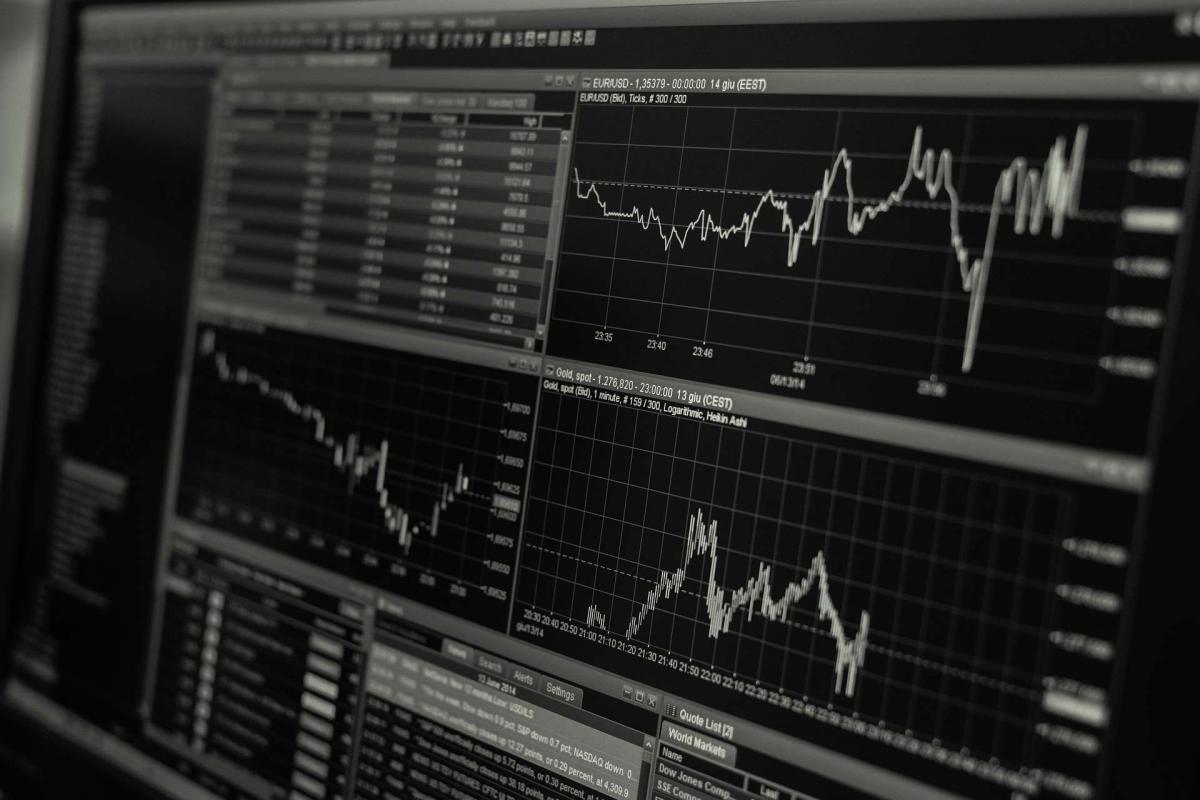A little over a year ago, the Bank for International Settlements announced its 11th Triennial Central Bank Survey of Foreign Exchange and Over the Counter Derivatives Market Activity.
In recent days, Pragma Securities has referenced those BIS numbers in explaining the market for its latest service, an expansion of Pragma 360. But let’s move back before we move forward.
The BIS review, representing a practice that dates to 1986, have become a key source of transparency for the markets. The nature of the review evolves over time, and CAIA reported on some of the changes in connection with the 9th Survey.
That was when the BIS revised and expanded the meaning of the phrase “global foreign exchange markets” to include each of the five categories of forex instruments. Previous surveys had excluded currency swaps and currency options.
The 10th survey, in 2013, said initially that the total trading in forex spot and over the counter derivatives was averaging $5.3 trillion a day, though later refinement of the data pushed that number up to $5.4 trillion.
Last Year’s Survey
This brings us to the 11th survey, last year, which drew upon the assistance of central banks and other authorities in 52 jurisdictions, who in turn collected data from close to 1,300 banks and other institutions. It indicates that the total trading is down slightly, to $5.1 trillion per day.
By way of explanation for the decline, the BIS suggests that the total trading number produced for the 10th survey was artificially high due to monetary policy developments in Japan in the spring of 2013 and the surge of activity in the Japanese yen those developments produced.
The new BIS numbers also show the extent to which forex derivatives trading is geographically concentrated. Sales desks in just five countries intermediated more than three quarters (77%) of forex trading. This is up from 71% in the 2010 survey and 75% in 2013. The five jurisdictions are: The United Kingdom, The United States, Singapore, Hong Kong, and Japan.
Non-Deliverable Forwards
Returning to the gist of Pragma’s announcement: last year’s BIS survey also indicates that one particular sort of forex trade, the non-deliverable forward, grew by 5.3% between the 10th and 11th surveys. As a consequence, NDF now accounts for more than $130 billion of daily currency trading activity.
NDFs are part of the broader class of “outright forward,” that is, transactions in which the parties agree on the purchase of a given amount of currency at a predeternmined rate on some future date. The defining feature of the non-deliverable forwards, as the term suggests, is that the local currency involved in a trade need not leave its home country. The parties settle the difference between a contracted-for rate and the prevailing spot rate. This is a handy way of remaining in compliance with the exchange control efforts by national governments, while still either speculating on or hedging against adverse changes in the controlled currency’s value.
Three currencies account for 49% of the global NDF turnover: the Indian Rupee, Korean Won, and Brazilian Real. Each of those is subject to government/central bank exchange controls.
Enter Pragma
One development that may encourage the further growth of the NDF market is a technological one: greater ease of execution on such trades.
Thus, Pragma, a multi-asset quantitative trading tech provider, has announced the expansion of its algo trading platform. That platform, Pragma 360, will henceforth include NDFs.
In a statement, the CEO of Pragma Securities, David Mechner, said, “Our clients want the same powerful best execution benefits that they get from Pragma360 across as wide a range of currencies as possible. The ability for traders to have the same high level control and transparency that they enjoy with a G10 brings significant benefits when trading an NDF. This will be increasingly important in light of the upcoming FX Global Code, which demands greater transparency and best practices in foreign exchange.”
Pragma clients will be able to use this platform to enter into NDFs for each of the three above-mentioned currencies, as well as the Philippine Peso (PHP), Indonesian Rupiah (IDR), Malaysian Ringgit (MYR), Taiwan Dollar (TWD), Colombian Peso (COP), and Chilean Peso (CLP), all of which are commonly traded.




